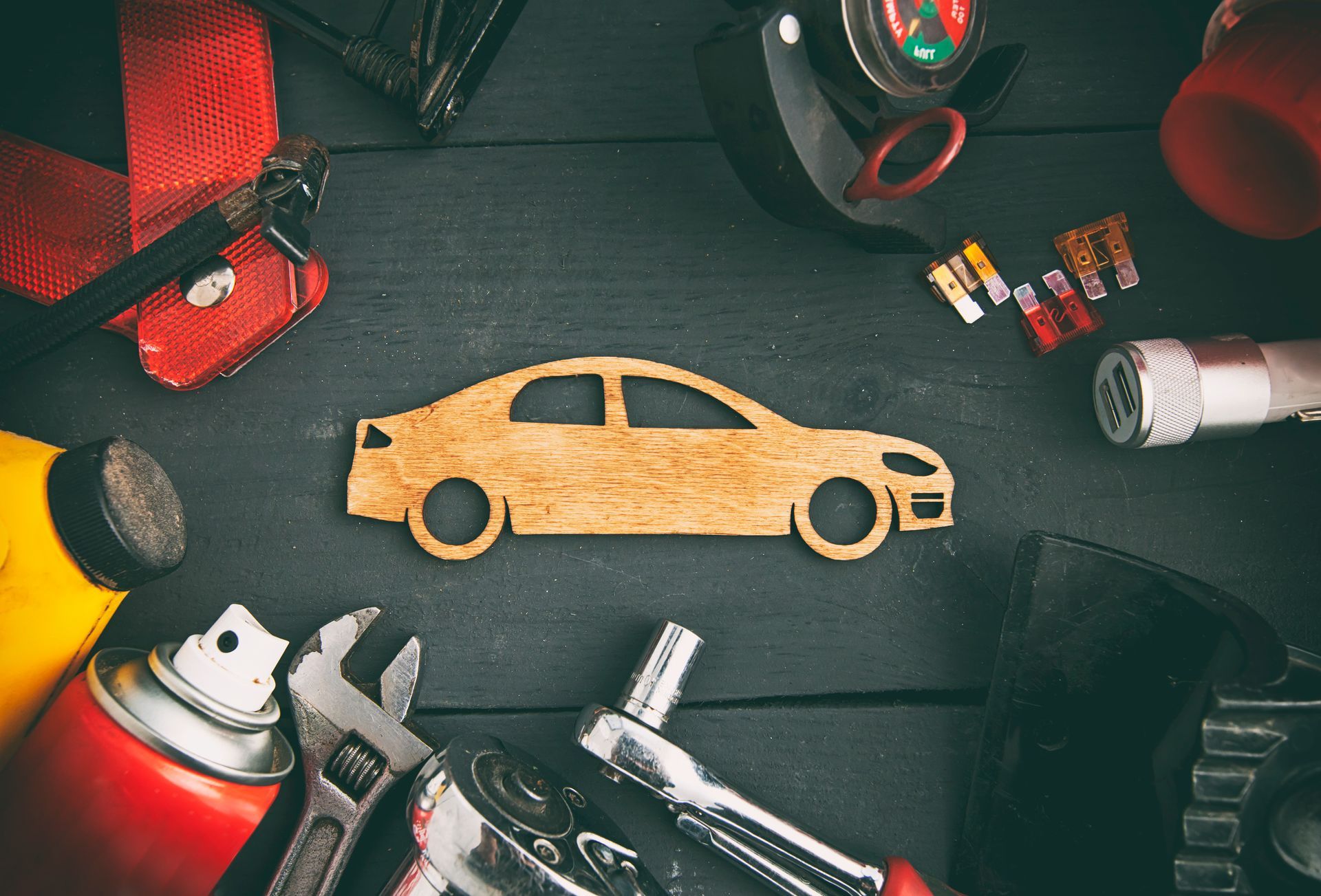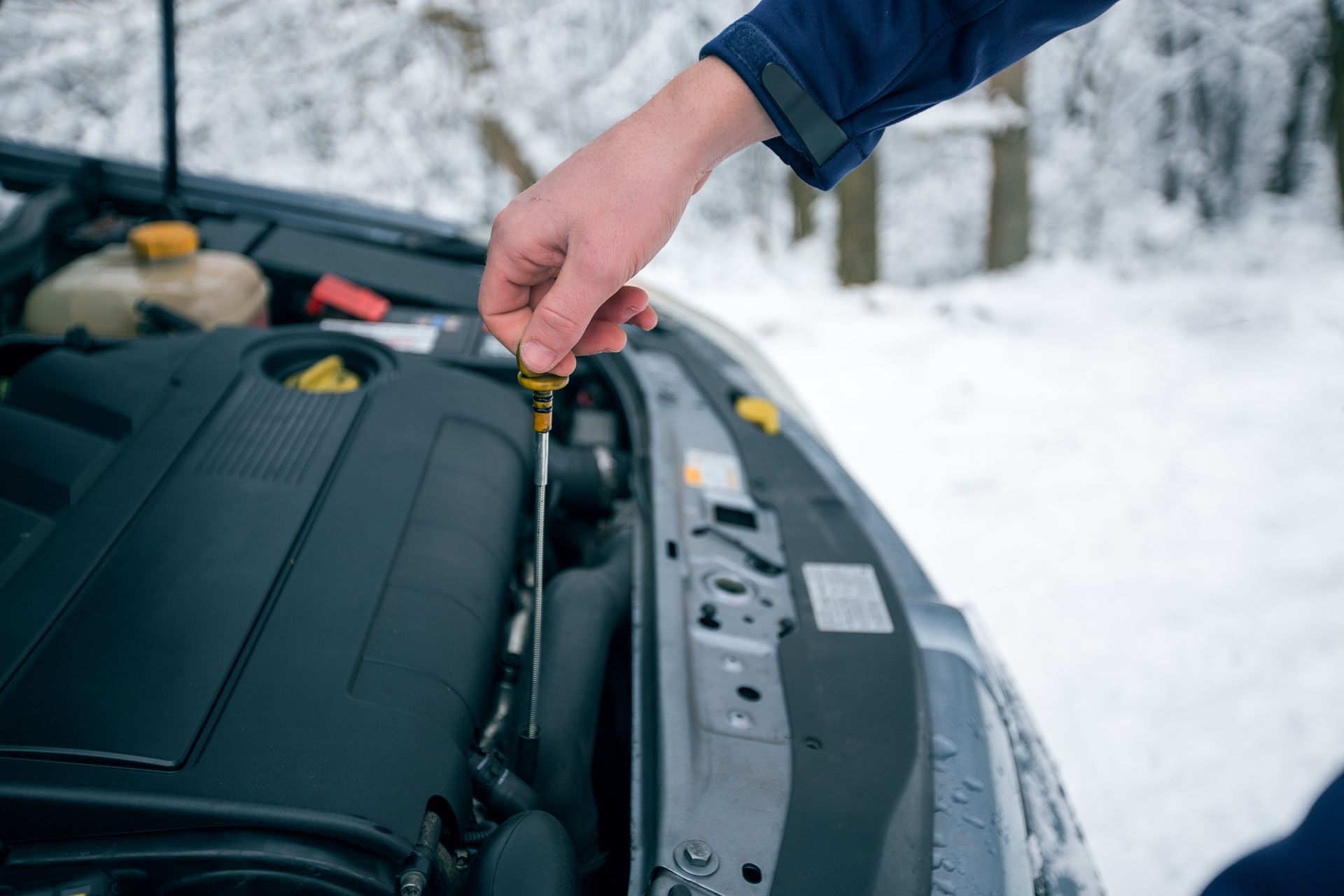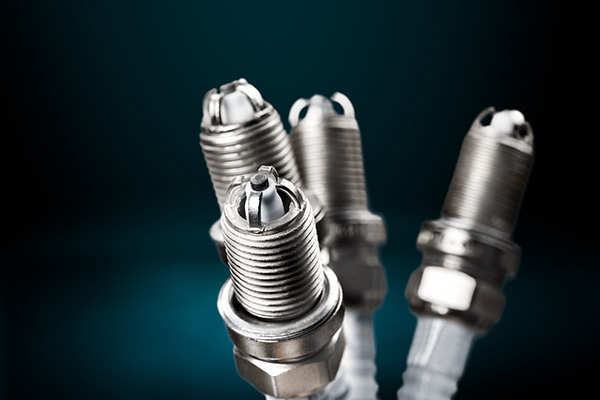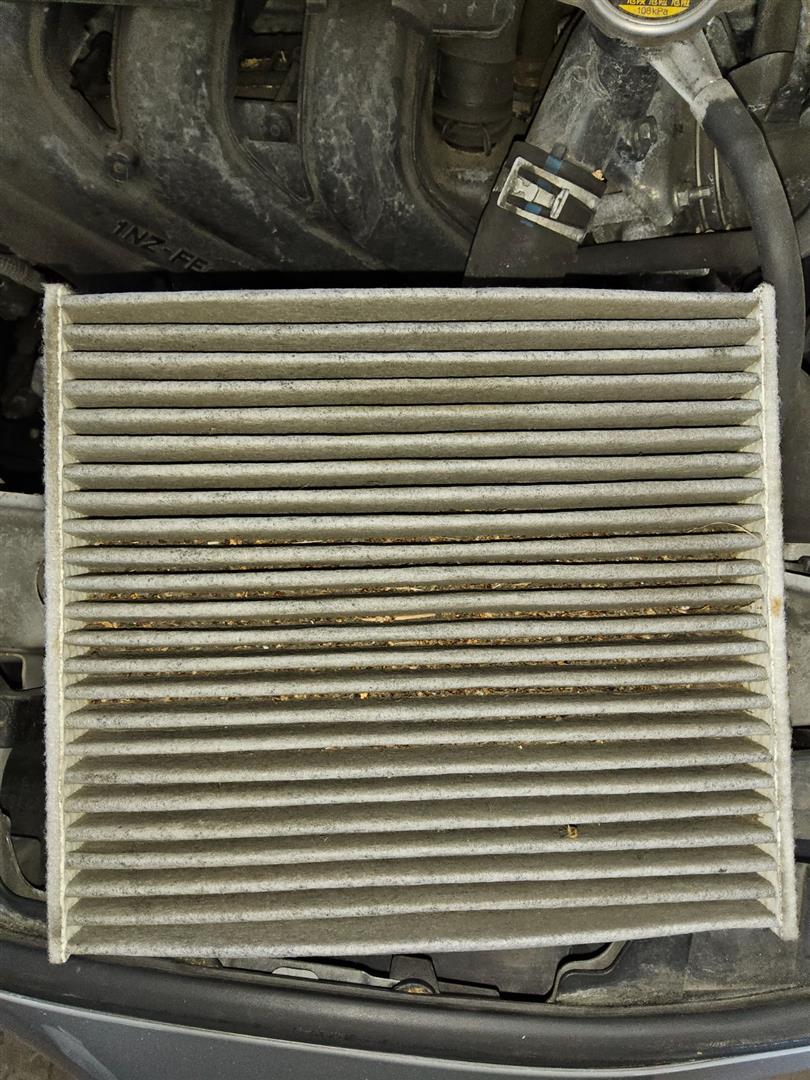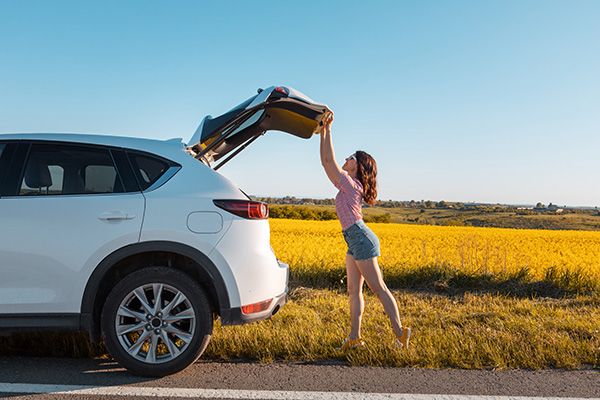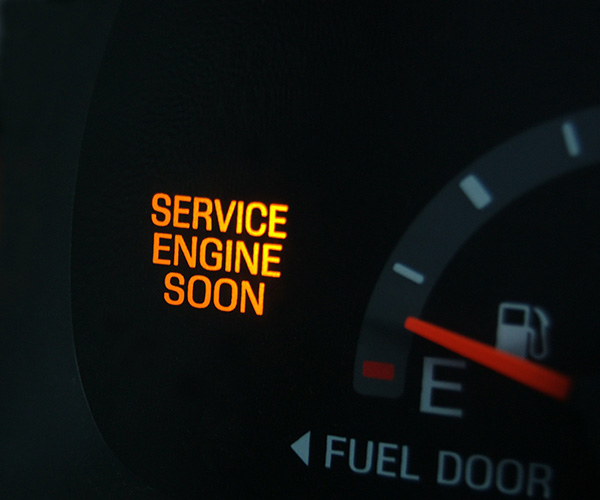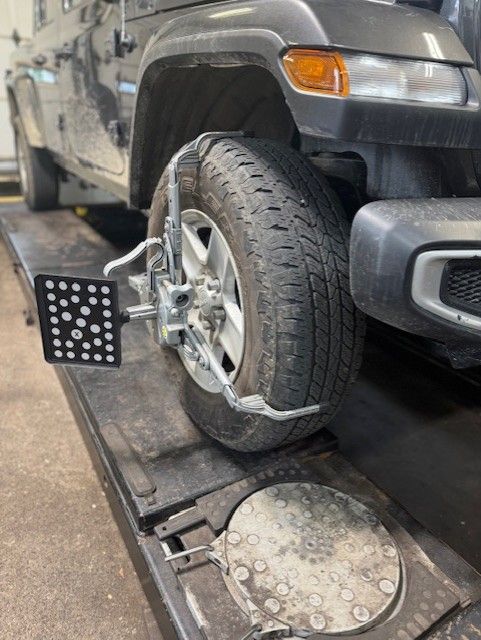Cold roads punish little oversights. A few smart habits keep traction, visibility, and braking predictable when temps drop. Use this list to avoid the most common winter mistakes and keep your trip calm when the weather turns.
1. Trusting All-Wheel Drive Too Much
AWD helps you go, not stop. Braking distances on ice are nearly the same whether you have AWD or not. Leave more space, use gentle inputs, and remember that stability control cannot rewrite physics.
2. Skipping a Quick Pre-Trip Check
Five minutes pays off:
- Tire pressures set to the door label, checked cold
- Washer fluid topped with winter blend
- Battery terminals clean and tight
A low tire or weak battery turns into a roadside delay the moment temperatures dip.
3. Using Summer or Worn All-Season Tires
Tread and compound matter more than drivetrain. Summer rubber hardens in the cold and slides easily. All-seasons with shallow tread lose bite on slush. If you face regular snow, true winter tires shorten stops and improve steering feel dramatically.
4. Stomping the Brakes or Stabbing the Throttle
Electronic aids work best with smooth inputs. Squeeze the brake and add throttle gradually so ABS and traction control can fine-tune grip. Practice a few gentle stops in an empty lot to feel how your car behaves on cold pavement.
5. Neglecting Visibility
Dirty glass and weak wipers add stress. Replace streaking blades, clean the inside of the windshield to reduce haze, and run a winter de-ice washer fluid. Clear all the snow, including the roof, so a hard stop does not slide it onto the windshield.
6. Forgetting How Cold Hurts Batteries
Cold batteries give less cranking power. Short trips and heavy electrical loads finish them off. If your battery is three years old or more, a load test is smart before a trip. Our technicians often see borderline batteries fail the first truly cold morning.
7. Packing the Car the Wrong Way
Loose cargo becomes a hazard. Keep heavy items low and between the axles so handling stays neutral.
- Shovel, traction aids, and jumper cables on top for quick access
- Emergency blanket, gloves, hat, and small flashlight in the cabin
- Defroster-safe scraper and a clean microfiber for glass fog
8. Ignoring the Defrost Until You Start Driving
Foggy glass is preventable. Use fresh-air mode, not recirculate, in winter. Keep the cabin dry by shaking snow off mats and gear before you climb in. A small moisture absorber in the footwell helps if the car is parked outside.
9. Driving with Old Brake Fluid and Glazed Pads
Cold amplifies weak braking. Moisture-contaminated brake fluid boils sooner under repeated stops, and glazed pads feel wooden on icy streets. A brake inspection and fluid exchange at the start of the season restores confident pedal and straight stops.
10. Leaving with a Quarter Tank and No Plan
Traffic jams and detours are common in storms. Keep at least a half tank for warmth and range, and know alternate routes that avoid steep, untreated hills. A paper note of key numbers helps if your phone battery drops in the cold.
Get Winter-Ready Service in Stockertown, PA with Dave’s Automotive
If you want surer stops, clearer glass, and easy cold starts, visit Dave’s Automotive in Stockertown, PA. Our team of certified mechanics will test your battery, measure tire tread, inspect brakes, set pressures, and top the right winter fluids so your car feels settled when the weather slides.
Schedule a winter safety check today and drive with confidence all season.


